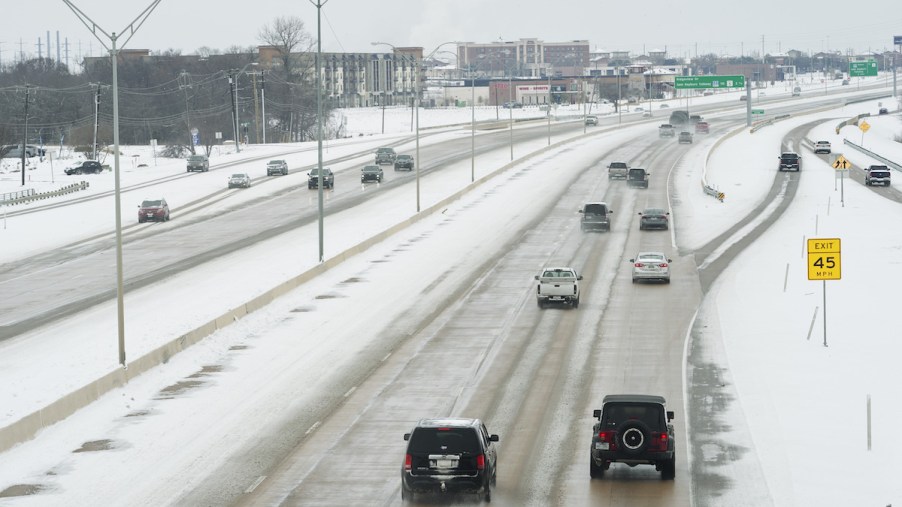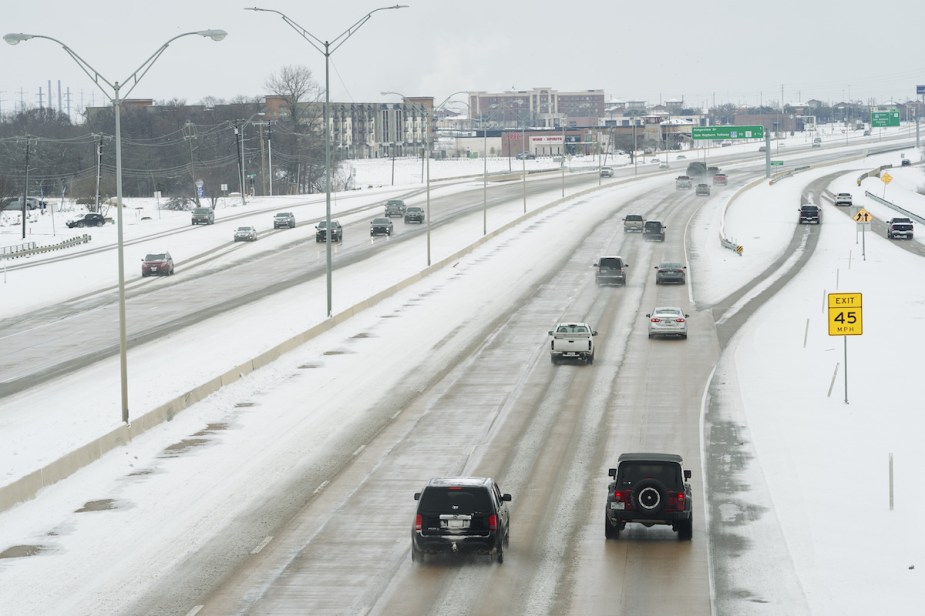
An Electric Vehicle (EV) Battery Does Not Need to Be ‘Warmed Up’ Before Driving During Winter
Many drivers believe a vehicle needs to be warmed up in the winter before driving off. This concept comes from many years of dealing with gas-powered engines that, in many people’s opinion, needed to run idle before the car should begin to move. However, what about an EV? Should it be warming up before we drive during winter?
Why warming up an internal combustion engine isn’t necessary these days
Decades ago, drivers would warm their cars up for 15 to 20 minutes before taking off and going down the road. Those vehicles used a carburetor to control the air and fuel mixture flow to the engine. Nowadays, cars have fuel injection, which makes warming up the vehicle beforehand obsolete.
Experts believe that it’s actually harmful to your vehicle if you let it warm up too much. You should only let it idle for about a minute or so, and then put it in drive and go. Many people let it run for a while just so they don’t have to deal with a cold car, but the quickest way to warm up the inside of your vehicle is to drive it.

Letting it idle only wastes fuel, so it’s best not to warm it up too much. It only takes a few seconds for the oil to come up out of the pan and lubricate all the parts needed to start moving.
Of course, this applies to internal combustion engines (ICE). However, does the same apply to electric vehicles?
Do electric vehicles need to be warmed up in the winter?
Many people question whether an EV should be warmed up before driving around in the winter. Experts say that it’s unnecessary to warm up an electric car in the cold as the motor is ready to go the minute you get into the vehicle. With an ICE vehicle, the battery’s performance would decrease in colder temperatures. However, the battery works differently in an EV.
The vehicle isn’t going to run until it’s moving, so you won’t lose any charge in the battery while it’s sitting stationary. However, according to Motor and Wheels, it’s recommended that you avoid running an EV at higher RPMs when you first start out. This is to help preserve the driving range of the battery.
Another idea to keep in mind is to plan direct routes to where you’re going. The more roads you have to take to get to your destination, the more energy you’re using, and the more miles you lose on your battery’s range.
Will it hurt your EV if you warm it up before driving during winter?
Electric vehicles run on electric motors and batteries. There’s no combustion engine to worry about circulating oil through to lubricate parts. While it may be unnecessary to warm it up like a gas-powered vehicle, it’s recommended for the battery’s longevity.
Imagine getting into the EV on a cold morning, starting the car, and driving away. The cabin is cold, so the electric vehicle will have to use energy to run the heater, which will deplete the battery’s charge, thus affecting its range.
If you keep it plugged in (Level 2 charger preferably) and start it up for a few minutes before heading out to work or running errands, you can heat the inside by using the heater or a heat pump without compromising the charge in the battery, according to Napa Blog. You certainly won’t need to run it for 15 to 20 minutes, though.
It’s not necessary to warm up an EV before driving it. But, like an internal combustion engine, you might want to turn the electric car on with the heater set to warm to avoid wasting battery charge on the cabin temperature. Doing so ensures that you have a warm car to drive off in and a battery that will last a while before needing another charge.


